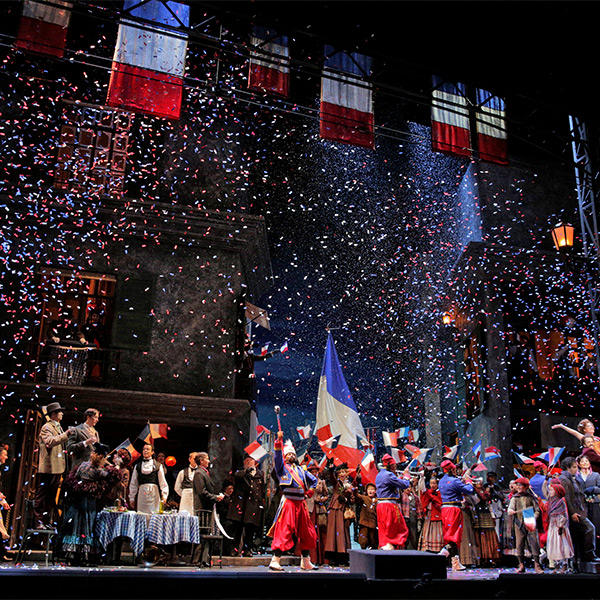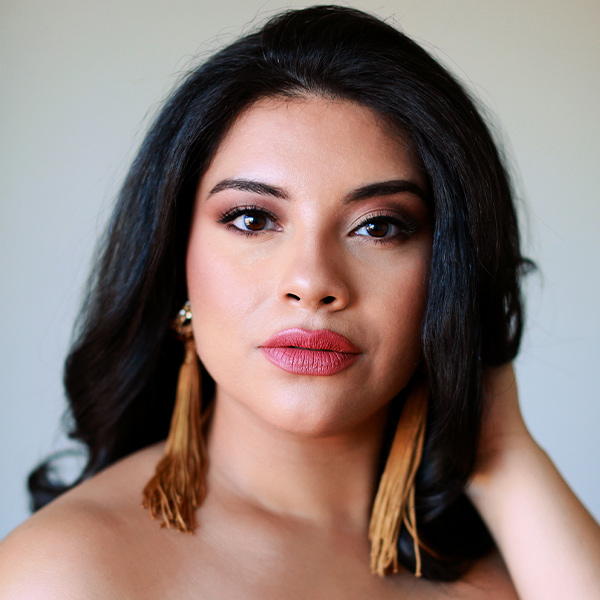

La Bohème
Learning Resources for middle and high school classrooms
We are excited to give teachers and students a glimpse into the story, music and images of Lyric’s 2025 production of La Bohème. The presentation below serves to prepare classes for the performance experience. It can be used as a quick reference or a longer study guide with prompts for deeper consideration both before and after coming to the theater. Those prompts are also included in the pdf below, providing a full page of reflection questions following the field trip.
This slide deck contains:
- A list of characters
- A summary of the story
- Literary and artistic themes
- Listening examples
- About the writers
- Discussion prompts
Click on the three dots on the bottom left corner of the deck to expand to a full-screen view.
Slide deck
Articles




Music Credit: The music featured is generously furnished by Warner Classics.